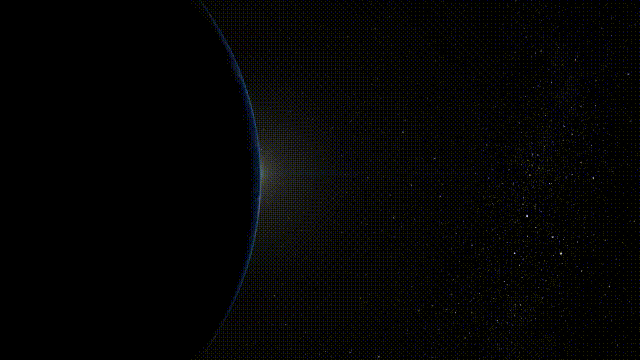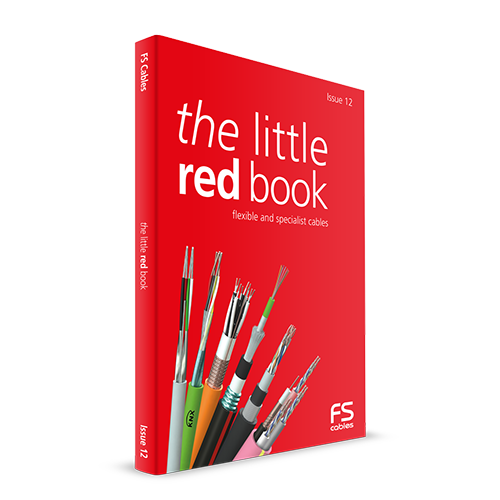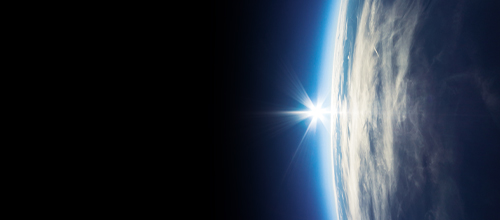Posted 16 May 2022
Over the course of human history, the Sun has been feared and worshipped. What our ancestors knew on a fundamental level was that the Sun provides a vital ingredient for most of the life on Earth.
Even though the sun is 93 million miles away it only takes around eight minutes for light to reach us and it’s a common misconception that the Sun is yellow, or orange or even red. The Sun is essentially all colours mixed together, which appear to our eyes as white. This can be seen in pictures taken from space. Rainbows are light from the Sun, separated into its colours, and each colour in the rainbow (red, orange, yellow, green, blue, violet) has a different wavelength. Red is the longest, blue the shortest.
A significant portion of sunlight is ultraviolet (UV), hence the importance of NOT having a hole in the Ozone Layer. Ozone in the upper atmosphere, referred to as "stratospheric ozone", helps filter out damaging UV radiation from the sun.
As the Ozone Layer becomes thinner, higher amounts of UV and shorter, higher energy wavelengths, are not filtered out anymore hence having a more harmful and faster effect not only on us but on everything outdoors or exposed to sun through a window.

In summary, sunlight exposure either direct or through glass can have damaging impacts on carbon-based materials such as coatings, polymers, textiles, and many others. The damages vary and can include among others:
- Chalking
- Cracking
- Loss of physical properties
- Peeling
- Blistering
- Fading
- Colour change
ISO 4892-3 specifies methods for exposing plastic components to fluorescent UV radiation, heat and water in test equipment designed to simulate the weathering effects that occur when materials are exposed in actual end-use environments to solar radiation, or to solar radiation through window glass.
The fluorescent lights used in ISO 4892-3 are: UVA-340, UVA-351 and UVB-313. The lamp that is the most recommended in weathering is UVA-340 because its spectral distribution is very similar to the sun, and this is especially true at low wavelengths. On the other hand, the one that is prescribed to simulate accelerated aging behind a glass window is UVA-351, because its spectral distribution is a good approximate of this phenomenon.
“Accelerated aging” is a broad type of testing that uses amplified adverse conditions to increase the rate of aging of materials and products. Amplified adverse conditions can be environmental in nature (such as sun, heat, cold, salted water, vibrations, etc.) The goal is to quickly estimate the products and materials expectable service life or to understand unexpected field failures. The process of accelerated aging of products and materials can be accomplished in various ways depending on the type of material or product being tested, the intended use as well as the ambient conditions present while using the material or product.
Time Compression Factor
The time compression factor concept (i.e., the rate of accelerated aging induced by the exposure), is often a tricky question. How does test chamber exposure time compare to outdoor exposure time? What is the acceleration factor? How long do I have to test my product to simulate 5 years of outdoor exposure? For years, weathering experts have tried to find that magic number. The truth however is that there is no such magic number. No matter how the question is formulated, the answer is always the same: “It depends!”.
It depends for one simple reason: Mother Nature is not as reliable as lab equipment and different materials will react differently. In some cases, even the same material available in different colours will react differently, depending on the colour being used. Natural outdoor exposure depends on when and where you are: Latitude, altitude, cloudiness, humidity, smog, rain, temperature, orientation, season, time of day, and many more. All those parameters have a major influence on the “efficiency” of outdoor exposure. In other words, if you were to spend 5 minutes in a weathering chamber, no matter when or where you do it, you would always get the same “tan”. On the other hand, we cannot say that 5 minutes of outdoor exposure in London in December is equivalent to 5 minutes of outdoor exposure in Miami in June.
Laboratory UV testing allows for faster, more reproducible, systematic, and reliable results. As outlined above, there are no techniques that can take all of the potentially contributing factors. Most techniques will compound UV exposure with temperature and water (spray, dew, relative humidity). Because the amount of light per hours per surface unit is controlled (irradiance) it is possible to calculate, for a given region, the approximate number of years of real-life exposure an actual test sample is being exposed too. This process is called the “time compression factor or accelerated aging”.
That being said, the test to ISO 4892-3 is generally accepted to give a good representation of outdoor exposure and FS Cables have a broad range of cables tested to the specified method, ideal for both indoor and outdoor applications where the cable is exposed to direct or indirect sunlight.
Browse our full range of UV resistant cables.







